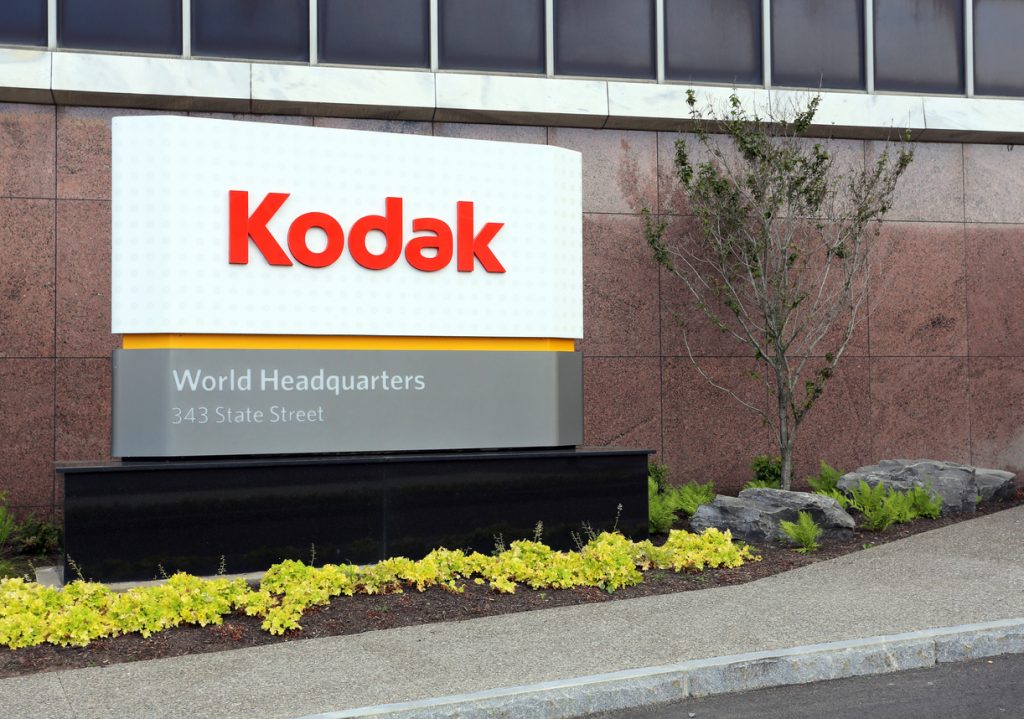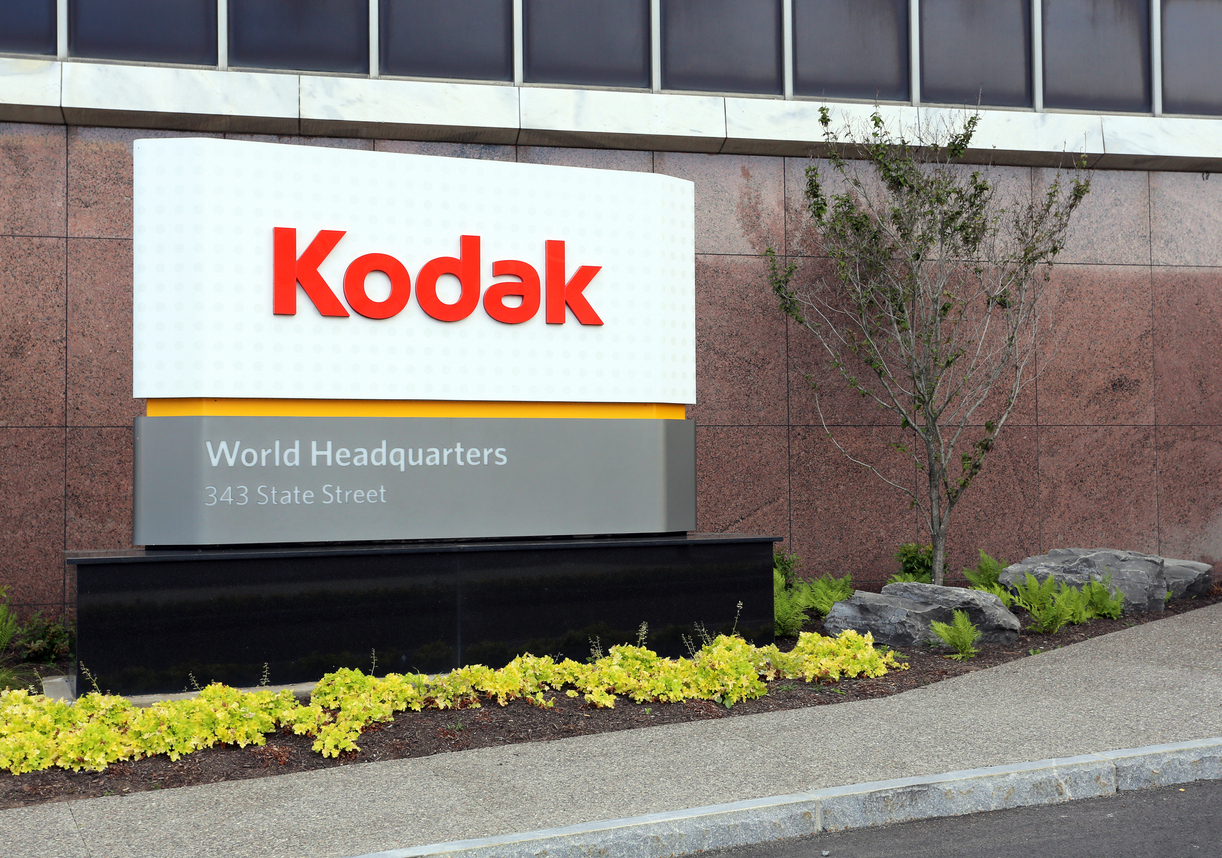In January 2012, Kodak, the company that made casual photography a reality, and a relatively inexpensive one at that, filed for bankruptcy, ending a history of nearly 130 years. While George Eastman’s company brought picture-taking to the masses, it also had a lot of weird ideas and made some odd choices.
Eject Disc
In 1982, Kodak launched a brand new camera, a silvery, rectangular device called the Kodak Disc 4000, small enough to fit in a pocket and at a modest cost of $66. By 1984, the stylish camera was no longer in production. The reason: the “disc” part of the name. The camera used a brand-new, proprietary form of film, an easy-to-load disc that contained 15 exposures. The problem was that consumers complained that almost all of the pictures the Disc 4000 captured came out blurry and grainy. Despite few people buying the camera, and the few who did throwing it in a closet, Kodak continued to make the expensive disc film until 1999.
Let’s Get Digital
By the mid-1970s, Kodak was synonymous with photography, holding 85 percent of the camera market and 90 percent of the film market. Kodak was so afraid to lose any of that market share that when a company engineer named Steve Sasson showed superiors that he’d figured out a way to capture images digitally, as a computerized file, instead of on film, they passed on the opportunity to develop it commercially. The company only began to make digital cameras in the late ’90s, by which point other camera companies, like Fuji and Sony, had claimed that market.
Its Own Calendar
There was a small, albeit international, movement in the 1920s to abolish the 12-month calendar, with its months of varying lengths, and replace it something more even and supposedly efficient. One new option: the International Fixed Calendar, which consisted of 13 months of 28 days each. That’s 364 days, so the extra day (or two, in a leap year) came in a mid-summer period called “Sol.”
The most famous and vocal advocate of this calendar was Kodak founder George Eastman. Even though pretty much nobody else in the world adopted the International Fixed Calendar, Kodak did — in 1928, Eastman decreed that the company would operate under this measurement of time. Eastman died in 1932…and yet Kodak continued to use the International Fixed Calendar, astonishingly, until 1989.
Making Money
As anyone with a camera-enabled smartphone and/or an Instagram account can tell you, photography has decidedly shifted from a load-the-film-and-get-it-developed-later medium into an instantaneous, digital one. As proven by its 2012 bankruptcy, Kodak missed the boat on that, but in early 2018 announced a plan to get back in the game: KODAKCoin. Like Bitcoin and other hot-in-2018 “cryptocurrencies,” it was an online-only system of payment. Kodak said that it would be used to pay photographers and image services for the digital use of copyrighted photos.









